
6 minute read
MIND AND BODY
from OTK Issue 05
by One To Know
Assertiveness
Finding a Home Between Aggressive and Passiveness
Advertisement
By Jocelyn Tatum
Illustrations by Amber Davis
One afternoon I was sharing with our magazine founder and
owner, Adrienne Martinez, that in therapy I learned the importance of assertiveness and why it is essential to living a successful life. She said, “That’s a story” as she often does during our conversations. So here we are, spilling onto the page with research, years of recovery and experience how assertiveness is important for healthy living.
A couple of years ago, I was handed The Assertiveness Workbook: How to Express Your Ideas and Stand Up for Yourself at Work and in Relationships, written by Randy J. Paterson, Ph.D. I had never realized before sitting in my therapist’s office that day that I tended to swing from a passive people-pleasing state to an aggressive and demanding state, and then sometimes hovering somewhere in the unhealthy middle, being passive-aggressive. So, what does passive-aggressive look like, you may ask.
Sure, (I say with a smile) I will take on that project for you even though I don’t have time, but I will most likely give you the silent treatment for a week and talk about it to others in the office because you are always putting too much on my plate. So there, wah.
Oh, how many times I have done that. As a girl growing up in an old Fort Worth family, manners were important, and I understood (maybe mistakenly) that a smile, coupled with the perfect outfit, was praised. Smiling prettily through the hard parts of life made me virtuous, especially if I had the right dress on. But in my rebellious spirit, I would start to “stick up for myself.” Little did I know, there was a better way than getting in that mechanic’s face when I was 16 years old after he told me I needed a new transmission. “Bull! It’s the starter, you jerk. Don’t think you can fool this strawberry blonde, blue-eyed teen with no grownups here to fact-check you.”
Gah. What an exhausting existence. But I kept that up for many, many years. Smile and look pretty. Hold a grudge. Push away anyone who gets too close.

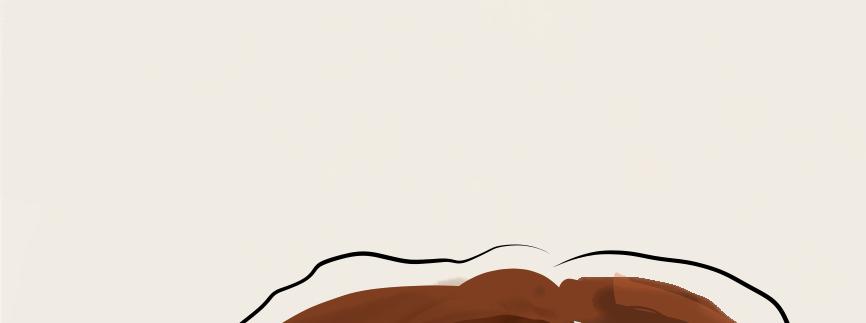

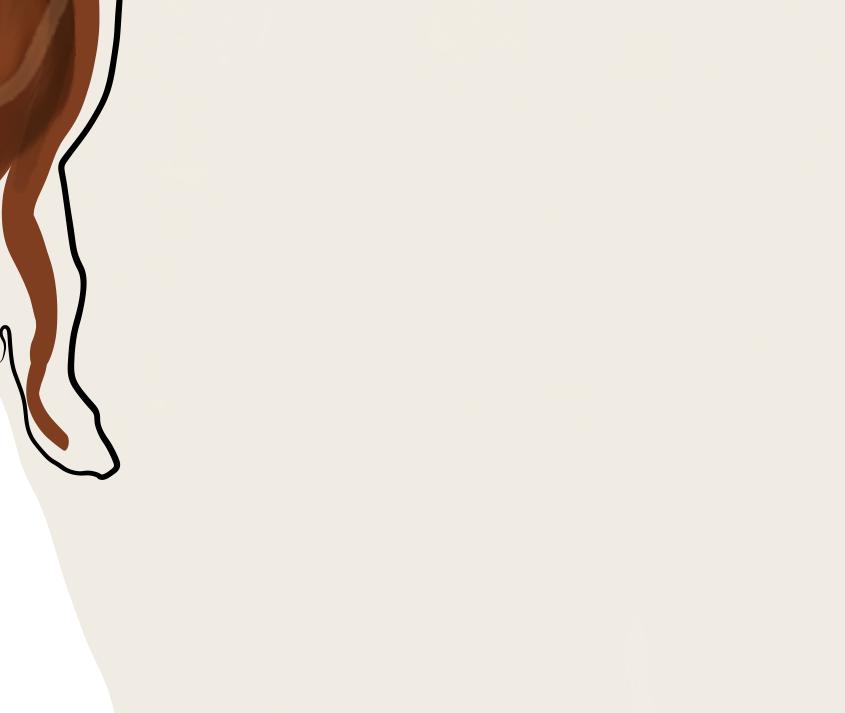

Sure, (I say with a smile) I will take on that project for you even though I 67 don’t have time, but I will most likely OneToKnowMagazine.com | ISSUE 05 give you the silent treatment for a week and talk about it to others in the office because you are always putting too much on my plate. So there, wah.

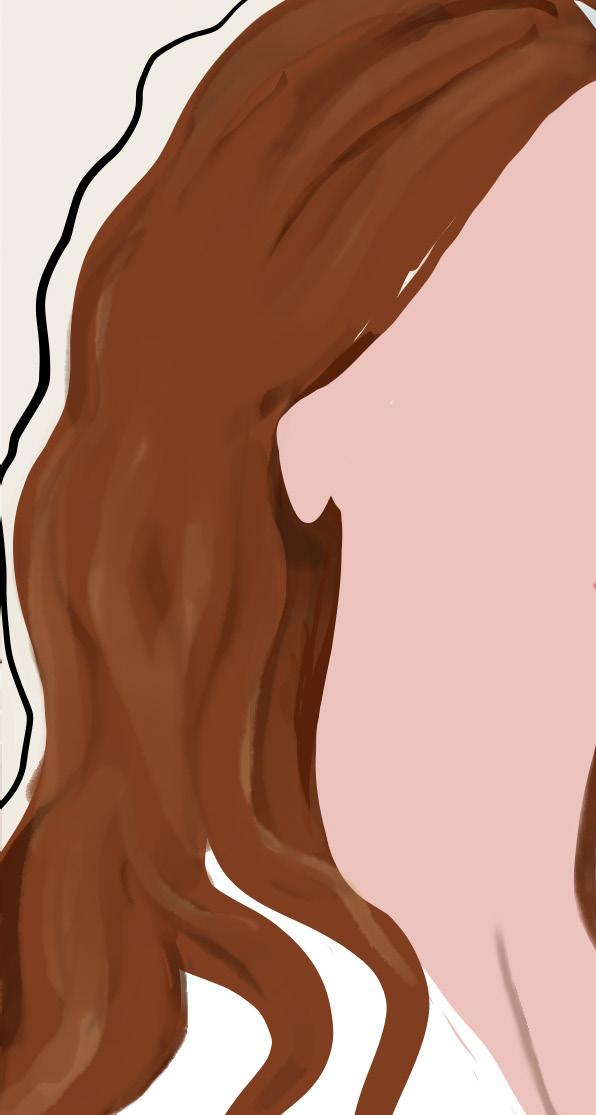
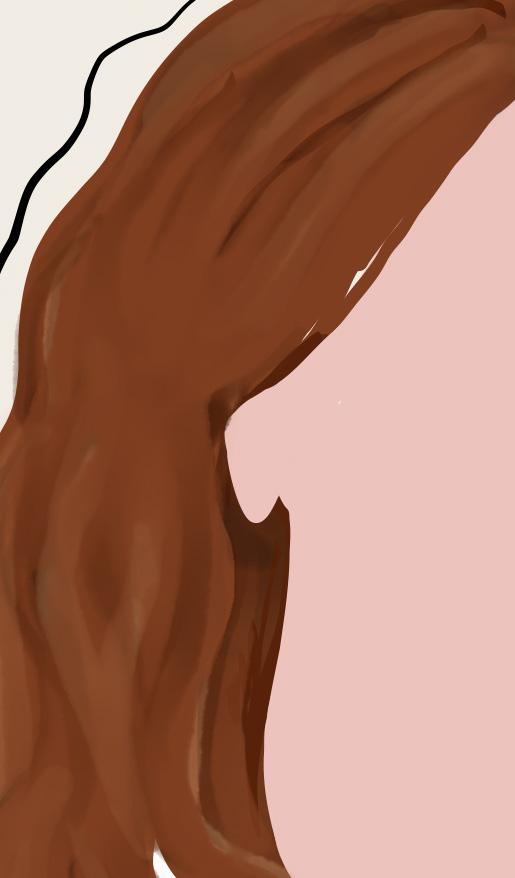
Paterson writes that passive behavior is people-pleasing, which is another way of saying others are more important than you, and your needs don’t matter. But what I failed to realize is that it also doesn’t mean that my needs get to push others out of the way or scare them as an alternative to people-pleasing. There is space for both of us to be in the same room. He also writes that passivity leads to helplessness and resentments. We think these feelings are the other’s fault, but really, we are at fault for not owning our power and asserting our needs. He writes that helplessness can lead to depression, and resentment to anger.
While passivity can look like kindness, and aggressiveness can look like confidence, he writes that both passive behavior and aggressiveness come from low self-esteem and an imbalance of self. While aggressive and passive-aggressive behaviors may look like you have control over the situation, really these are angry souls who are just trying to “get back” at the other person — they are the ones being controlled by a slew of negative emotions, feeling victimized and helpless, hence the depression and anxiety.
Walking away from these immature extremes and embracing assertiveness allowed me to be in a relationship with another without denying them or myself of our needs. It takes away the assumption that others can read our minds. We are in control of our needs, wants and desires. This does not mean we become inconsiderate or unkind. This does not mean I can say anything and end with the comment: “I was just being honest.”
What does an example of this look like? Friend: Jocelyn, can you volunteer for this allday event next Saturday? It helps raise money for children with intellectual and developmental disabilities. Now when I worked 40 hours a week in an office, tackled a commute daily, had laundry piled up and a then 9-year-old son and a needy golden retriever at home, this would not be a smart “yes.” Me: No, Ruth Anne, this is not something I can commit to at this time. Please remember me next time though. That’s it. No excuses or explanations needed. I don’t owe anyone that. Now if I said yes, then noshowed because I had anxiety from the pain that results in people-pleasing, then I would
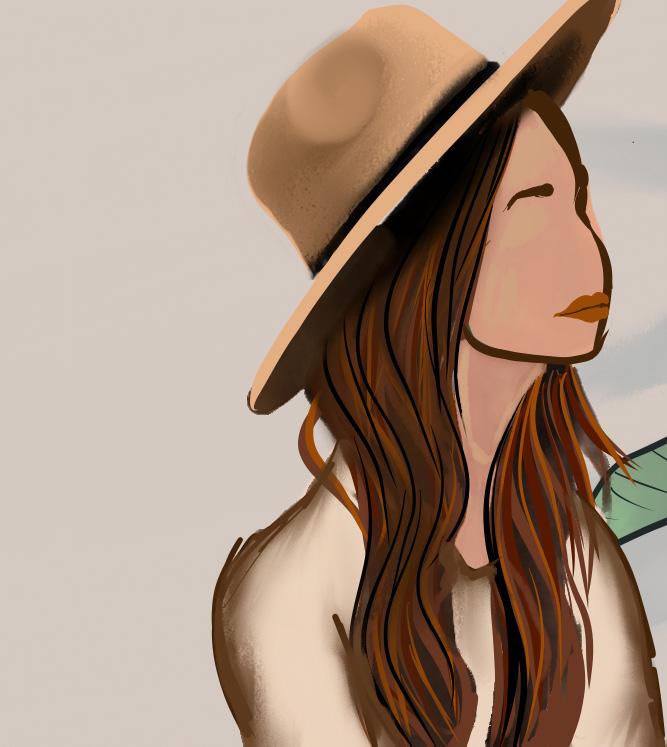

owe an explanation and an apology. Or maybe just: I was wrong.
So how did this attempt at assertiveness play out in my own life? Well, my former boss was unfamiliar with this new me and disliked it, but he could no longer tool me around, but he also stopped being as friendly as if it were a condition on my willingness to please. And I think he thought I lost my mind like Kathy Bate’s character in the movie “Fried Green Tomatoes.” But my friends often know what to expect and appreciate it. I said “often” because it’s not perfect. I’m a work in progress.
I realized niceness is not a virtue. Kindness is. And I started to trust myself to take care of myself, something more valuable than anything a pretty smile, pantyhose and the perfect dress could bring. Here’s the thing: I think my smile got prettier when I began to honor my wants and needs and trust myself to assert those. I now know that I have the strength, courage and esteem to walk away from abuse, whether it’s verbal, a form of neglect, or even physical. I can stay calm and ask them to stop with a real smile originating from joy deep within. I couldn’t do that before. I either hid, stuffed it deep down, or I screamed back at the wrong time, like two years later. That must have been confusing to everyone. Geez.
I also learned in recovery that when I am reacting in an aggressive or helpless way, I am reacting to my views of that situation. I am making it personal. There are no boundaries between me and the seeming “perpetrator,” so I overreact. When I react in an objective, calm and assertive way, I am simply reacting to the situation in front of me and leaving my personal views out of it. Paterson quotes the ancient philosopher Epictetus here: “People are disturbed not by things, but by the views which they take of them.” See folks, this quote is from 2,000-plus years ago. Human nature hasn’t changed. So, let’s be kind to ourselves and others by kindly asserting our way through the beautiful life we are meant to enjoy and live. As the expression goes — Say what you mean and mean what you say.











